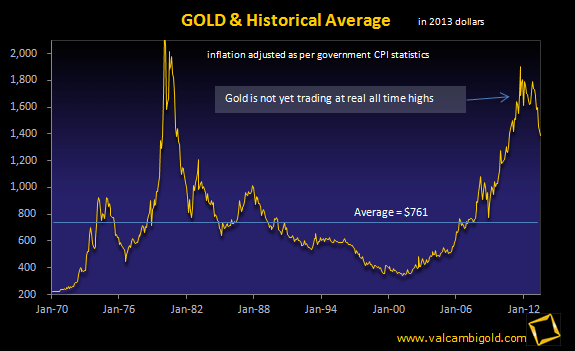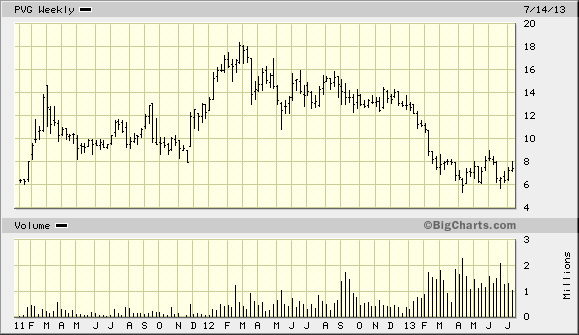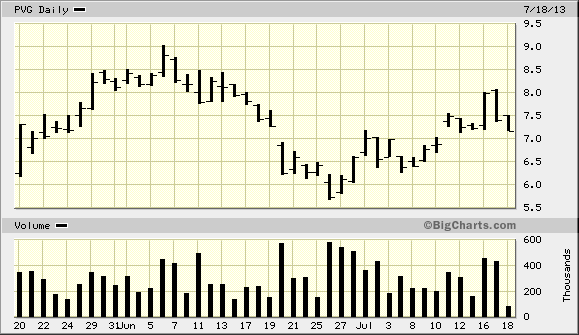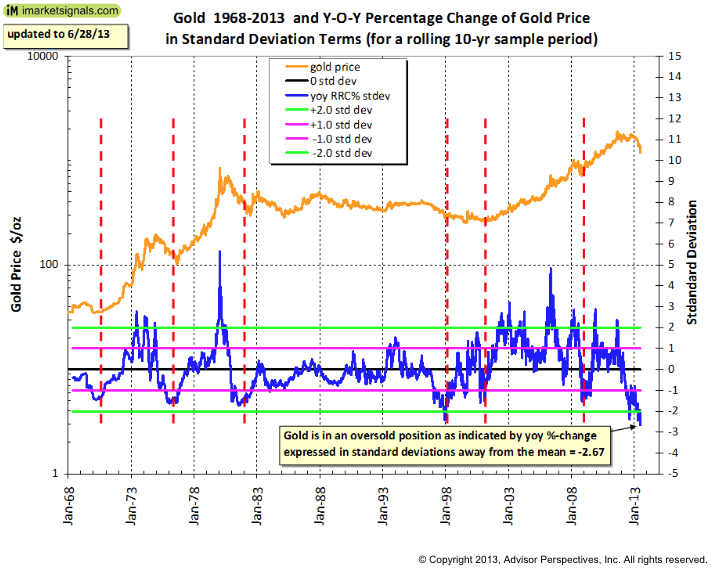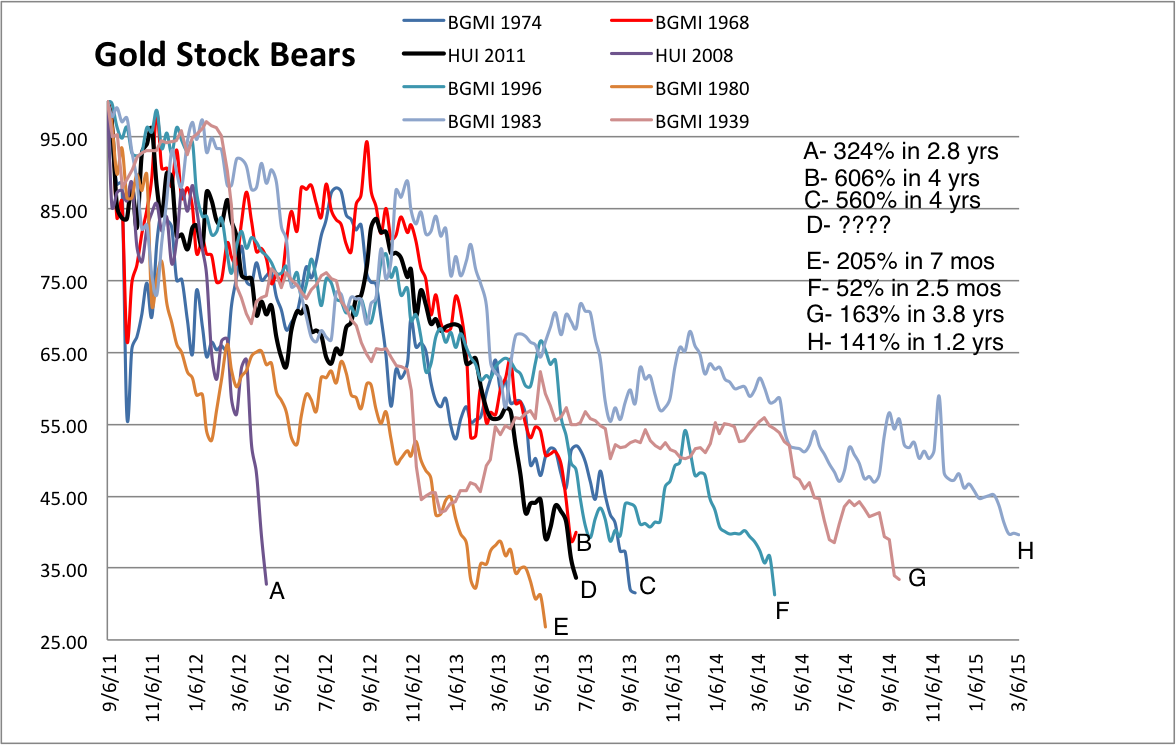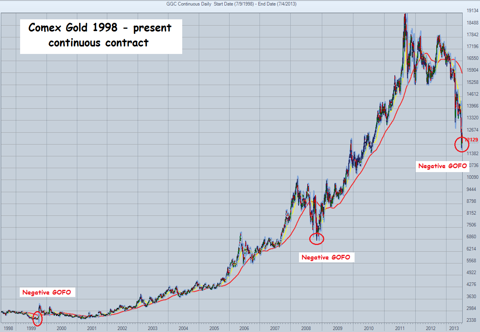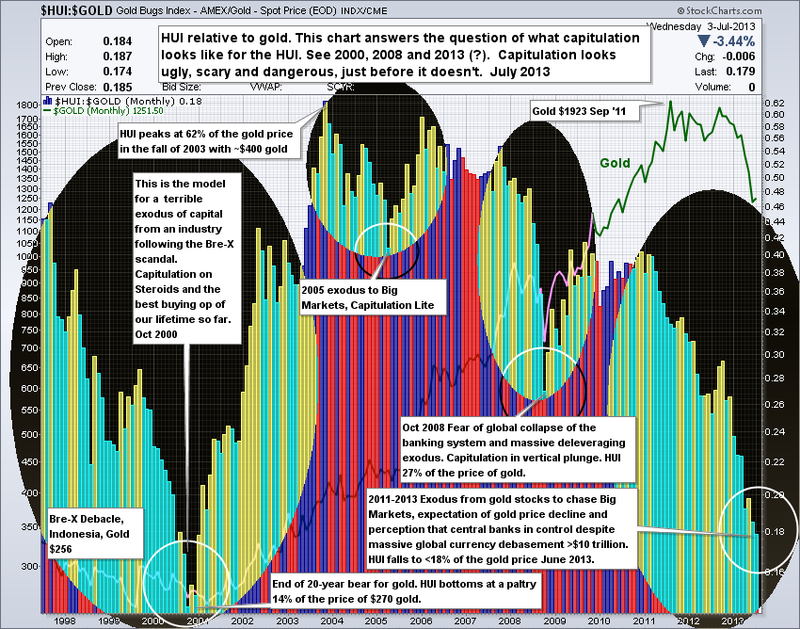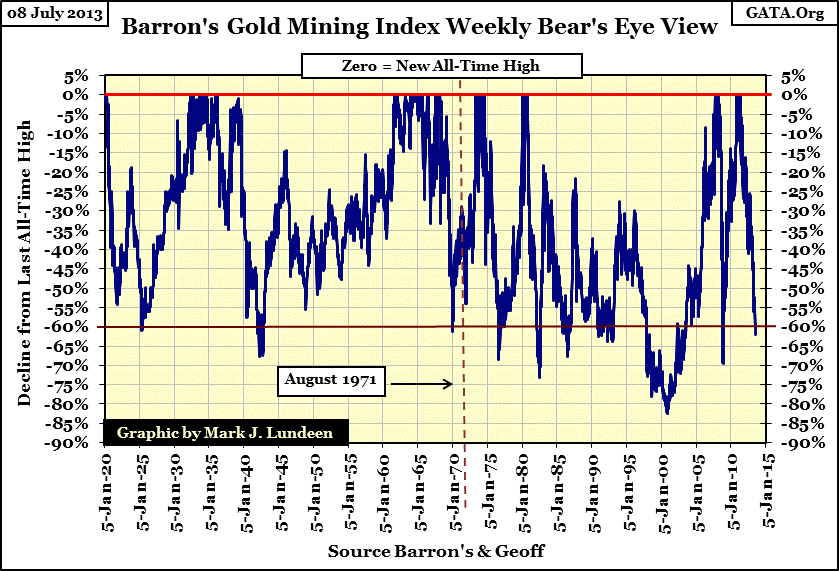
We discussed the research process in Part 1: http://wp.me/p2OaYY-22A
Research Process Part 2
Your research process is obviously part of your investment philosophy (search, value, portfolio management, risk and you). If you are buying a non-franchise then you must buy assets cheaply since growth won’t increase intrinsic value. Or another way of approaching the problem: time is not on your side. You are dependant upon the market closing the gap between price and value. When investing in a franchise you face the difficulty in accessing the company’s sustainability of competitive advantage and how much should you pay for future growth. Hint: Not much.
You will have to spend many weeks studying your first few companies and industries to practice finding answers to your questions while learning to be an efficient reader of annual reports and proxies. As you gain experience, you can make better assessments. For example, say you study the title insurance business or the funeral business. The title insurance business shows tremendous stability in return on assets but no better than normal profitability. Only one national insurance company went bankrupt in over 100 years (in 2008). So you can have a high degree of confidence in buying below asset value that those assets will not deteriorate. But why can’t the businesses grow much or develop higher profitability? Most of the value in a title transaction comes from the originator of that transaction—the real estate broker. Title insurance is like a local monopoly. The same goes for the funeral business. You will notice unique aspects to various industries as you cast your net widely.
Buffett’s advice:
The Story of Warren Buffett from Of Permanent Value by Andrew Kilpatrick
Buffett rarely gets ideas from talking with other people. He gets them alone by reading and thinking. Maybe Edward Gibbon had it right: “Conversation enriches the understanding, but solitude is the school of genius.”
How to make money
Once Bob Woodward asked Buffett a good way to make more money and Buffett suggested investing. Woodward told Buffett, “I don’t know anything about investing.” “Yes, you do.” Buffett said, “All it is, is investigative reporting.”
Buffett told Woodward: “Investing is reporting. I told him to imagine an in-depth article about his own paper. He’d ask a lot of questions and dig up a lot of facts. He knows The Washington Post. And that is all there is to it.”
Buffett continues, “Bob, why don’t you assign yourself a story, get up an hour early every morning and work on a story you have assigned yourself. Now a sensible story to assign yourself would be what is the WPO worth? Now, if Ben Bradlee gave you that story to work on what would you do for the next week or two? You would go around and talk to people (in the television business). You would try to figure out what the key variables in valuing a TV station and you would look at the four that the Post has and apply those standards to that. You would do the same thing to newspapers. You would try to figure out how the competitive battle between the Star and the Post is going to come out and how much different the world would be if the Post won that war. All of these things are a lot easier than the problems Woodward would usually be working on. Usually people would want to talk to him but on this subject they would be glad to talk to him and then I said when you get all through with that, add it up and divide by the number of shares outstanding. All he had to do was assign himself the right story, and I assign myself stories from time to time.”
More tips
Munger: “I think both Warren and I learn more from the great business magazines than we do anywhere else…..I don’t think you can really be a really good investor over a broad range without doing a massive amount of reading.”
Buffett replied, “You might think about picking out 5 or 10 companies where you feel quite familiar with their products, but not necessarily so familiar with their financials…Then get lots of annual reports and all of the articles that have been written on those companies for 5 or 10 years…Just sort of immerse yourself.
“And when you get all through, ask yourself, ‘What do I know that I need to know?’ Many years ago, I would go around and talk to competitors where you feel quite familiar with their products, but not necessarily so familiar with their financials…Then get lots of annual reports and all of the articles that have been written on those companies for 5 or 10 years…Just sort of immerse yourself.
Search Strategy
Most mis-priced stocks tend to fall into two categories: Either they’re well-known but hated, or obscure and unknown. Warren Buffett seems to agree. At the Berkshire 1999 annual meeting, he said: “If I had $100,000 to invest, I would probably focus on smaller companies because there would be a greater chance that something was overlooked in that arena.”
“If you gave me a million dollars of capital to manage, I would pretty much almost guarantee that I will make 50% a year. I think the reason he makes that statement is he would just make 100 percent doing special situations.
Question: According to a business week report published in 1999, you were quoted as saying “it’s a huge structural advantage not to have a lot of money. I think I could make you 50% a year on $1 million. No, I know I could. I guarantee that.” First, would you say the same thing today? Second, since that statement infers that you would invest in smaller companies, other than investing in small-caps, what else would you do differently?
Yes, I would still say the same thing today. In fact, we are still earning those types of returns on some of our smaller investments. The best decade was the 1950s; I was earning 50% plus returns with small amounts of capital. I could do the same thing today with smaller amounts. It would perhaps even be easier to make that much money in today’s environment because information is easier to access.
You have to turn over a lot of rocks to find those little anomalies. You have to find the companies that are off the map – way off the map. You may find local companies that have nothing wrong with them at all. A company that I found, Western Insurance Securities, was trading for $3/share when it was earning $20/share!! I tried to buy up as much of it as possible. No one will tell you about these businesses. You have to find them.
Other examples: Genesee Valley Gas, public utility trading at a P/E of 2, GEICO, Union Street Railway of New Bedford selling at $30 when $100/share is sitting in cash, high yield position in 2002. No one will tell you about these ideas, you have to find them.
The answer is still yes today that you can still earn extraordinary returns on smaller amounts of capital. For example, I wouldn’t have had to buy issue after issue of different high yield bonds. Having a lot of money to invest forced Berkshire to buy those that were less attractive. With less capital, I could have put all my money into the most attractive issues and really creamed it.
I know more about business and investing today, but my returns have continued to decline since the 50’s. Money gets to be an anchor on performance. At Berkshire’s size, there would be no more than 200 common stocks in the world that we could invest in if we were running a mutual fund or some other kind of investment business.
Special Situations:
I am going to buy a dollar for 50 cents, and when it gets appraised at a dollar or 90 cents, I’m going to get rid of it.” Now your returns are simply a function of how long it takes to get to convergence. If you bought a dollar for 50 cents and sold it for a dollar and convergence took one year, you would generate a hundred percent return. If convergence took two years, you would generate a 376% return. If convergence took three years, you would generate a 26% return, and if convergence took four years, you would generate an 18 percent return. So up to four years of convergence beats buy and hold. This very simple math became obvious, and the fact is that buying great businesses is all good because you have a few more tax efficiencies and all of that. But really the pop in terms of getting better returns on assets is first of all to sell fully priced—or nearly fully priced—assets, whether they’re special situation or net/nets and then go back and buy at 50 cents on the dollar.
To find special situations:
Let the game come to you. You do nothing, just read and think, and occasionally, you read the paper and you will see something.
You are looking for market anomalies. Whenever there is extreme fear in some sector, or whenever there is some big clouds over some companies, you are likely to get mis-pricing. The question is, “Am I able to see through the clouds, and do I know the business well enough to be able to see beyond the temporary negativity of an industry or company and see what the value of the business is versus the price at which it’s being offered, and if it is enough of a delta, step in?”
The primary driver for buying the business was an ultra-cheap price and a huge discount to what it was worth.
—
Add your thoughts………….?




